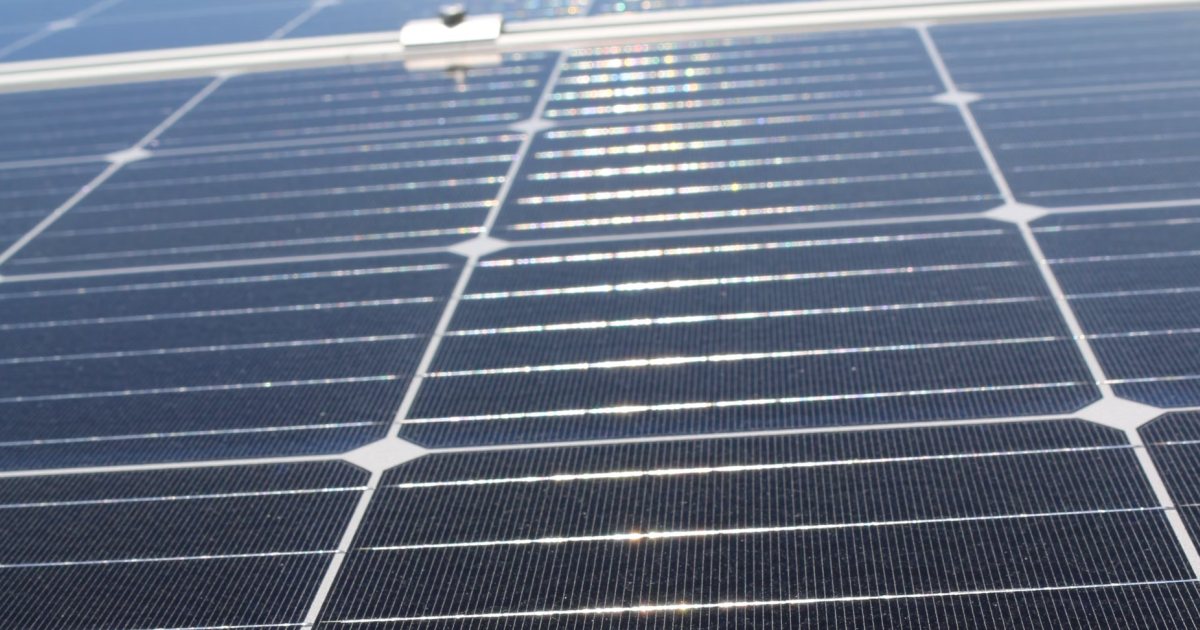There’s good news and bad news in this week’s NT Budget 2022 for many Northern Territory solar power system owners.
First to the bad news.
Premium Feed-in Tariff Support Phaseout
Feed-in tariffs across Australia were once generally far more generous than they are now. The higher rates were to encourage uptake of solar panels at a time when systems were quite expensive, and the approach worked very well. But as the cost of solar installations greatly reduced over time, these rates were reduced.
The last holdout for high feed-in tariffs was the Northern Territory, with state-owned electricity retailer Jacana Energy offering around 26c a kilowatt hour for solar energy exported to the mains grid. But in April 2020, the Gunner Government announced a reduction to the NT solar feed-in tariff for new installations. A standard feed-in tariff of 8.3 cents per kWh was introduced for home and commercial solar installations up to 30 kilowatts capacity.
As for existing system owners, they were to keep what would then be known as the “Premium FiT”. But what wasn’t clearly stated was how long this would continue.
Now we know.
From 1 July 2022, customers who have been on the premium FiT for four years will be transferred to the standard feed-in tariff. The Gunner Government says 4 years is the average time it takes to achieve simple payback on a rooftop solar system.
According to an ABC report, this will affect around 13,000 households. Looking at the most recent Clean Energy Regulator data, there have been more than 20,000 small-scale PV installations in the NT to date – so around two-thirds of solar owners in the Territory are to be impacted by this change.
With regard to the NT Government’s claim of a 4-year payback on these systems, back in 2018 SQ’s Ronald crunched the numbers for Darwin and found payback time for a 5kW system was approximately 3.4 years.
Households and businesses affected by this change should put a greater focus on solar energy self-consumption to maximise the value their systems can provide.
While a PV system still costs more in Darwin than the other capitals partly due to the tyranny of distance, going solar in the Northern Territory remains a very good investment even with the less generous FiT. Under the current standard feed-in tariff rate, simple payback on a new solar system installation in Darwin is around 6.5 years.
As for what is going to be done with the cash saved through the premium feed-in tariff phaseout, the Gunner Government says:
“Moving forward, the savings generated from this change can be invested in wider initiatives, including community batteries, virtual power plants (VPPs), and community batteries for social housing. This would build on work currently being undertaken through existing initiatives including the Alice Springs Future Grid project.”
While on the topic of batteries, now to some good news for NT households considering battery storage but aren’t quite ready to take the leap.
Home And Business Battery Scheme Extended
The Northern Territory’s Home And Business Battery Scheme offers eligible applicants a grant of $450 per kilowatt hour of useable battery system capacity, up to a maximum grant of $6,000. Not all batteries qualify for this grant, and those that are have been assessed as being Virtual Power Plant (VPP) capable. A list of qualifying solar batteries and other details of the scheme can be found here.
Budget 2022 will earmark a further $2.4 million to extend the scheme in 2022-23, which will support another 400+ households and businesses. The announcement states there have been 1,330 applications for the scheme since it kicked off, with more than 1,000 applications approved.
If you’re not familiar with home battery technology and/or uncertain if energy storage makes sense for you, check out SolarQuotes Founder Finn Peacock’s guides to understanding, buying and owning a solar battery.


 RSS - Posts
RSS - Posts



NT Annual electricity tariff increases 1st July 2022:
No change to the standard Feed in Tariff (FiT) of 8.3 cents (ex_GST).
Why not?
Time of Use tariff appears to no longer apply to weekends, where it did previously. (An administrative error, or you are now expected to pay more for your air-conditioning on Sat & Sun?)